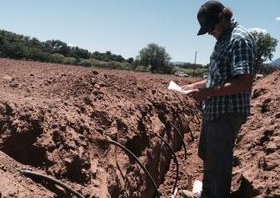Husker Harvest Days 2018 Planner – Top Picks for Nebraska Farm Show
Husker Harvest Days 2018 is almost here! Thousands of exhibitors and tens of thousands of visitors will descend upon the Husker Harvest Days field in Wood River, Nebraska for 3 full days of ag festivities.
We’ve got quite a line up planned for Husker Harvest Day 2018. We’ll have agronomists and industry experts on hand all week long to answer your irrigation questions. On Wednesday, we’re hosting a special Lunch & Learn around 12pm. Be sure to drop in to booth 738 to catch a brief session on how you can win with drip irrigation and fertigation.
Continue reading










